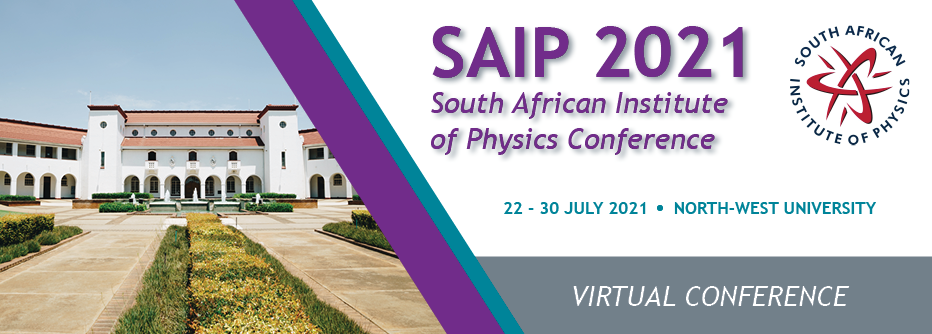Speaker
Description
Improvement of Abrasive Wear Resistance and Toughness on Hammer Mill Beaters by Additions of Molybdenum and Vanadium-Ferroalloys in White Cast Iron
F. Nyambi, M. Ngqase, W. Nheta
Faculty of Engineering and Built Environment, University of Johannesburg, P.O. box 524, Auckland Park 2006, Johannesburg, South Africa
Tel.: +27 (0) 76 875 5938 E-mail: fumaninyambi@gmail.com
Abstract
White cast iron (WCI) hammer mill beaters (HMB) are used as a secondary crushing equipment for comminution processing in the gold ore processing. The WCIHMBs are normally lasting for 336hrs in service and research study is proposed to improve the wear resistance without compromising the toughness of the iron. WCI normally consist of matrix consisting of pearlite and solid phase, i.e. cementite (Fe3C), which is precipitated within the pearlitic matrix. The additions of carbide formers, such as molybdenum (Mo) and vanadium (V), respectively is proposed for the improvement of wear resistance and toughness of the iron, thus improving the material lifespan from 336hrs. Vanadium alloying element will be added in different quantities, such as 05, 1.0 1.5 wt. %V, respectively, thus forming vanadium carbides (VC), which will precipitate within the matrix. While, Mo additions will be kept constant, thus forming its own molybdenum carbides (Mo2C) and some will be absorbed by the matrix. In addition, V will be limited absorbed by the Fe3C, thus improving the Fe3C mechanical properties. The additions of both Mo and V alloying elements is expected to improve the iron hardness and toughness, respectively, thus improving the WCIHMB wear life expectancy. The proposed research study is an ASTM A532, class I, Type A and material designation NiCrHC and proposed mechanical tests will be material and wear Characterisation, such as hardness, micrography and wear, respectively. The improvement of wear resistance will be due the strong synergical effect of both Mo and V added together. The improvement in toughness will assist an WCIHMBs to absorb more energy during service, since the hardness will be higher normal WCI.
Key Words:
White cast iron, carbide formers, cementite (Fe3C), wear resistance and pearlitic matrix.
Apply to be considered for a student ; award (Yes / No)?
yes
Level for award;(Hons, MSc, PhD, N/A)?
undergraduate

